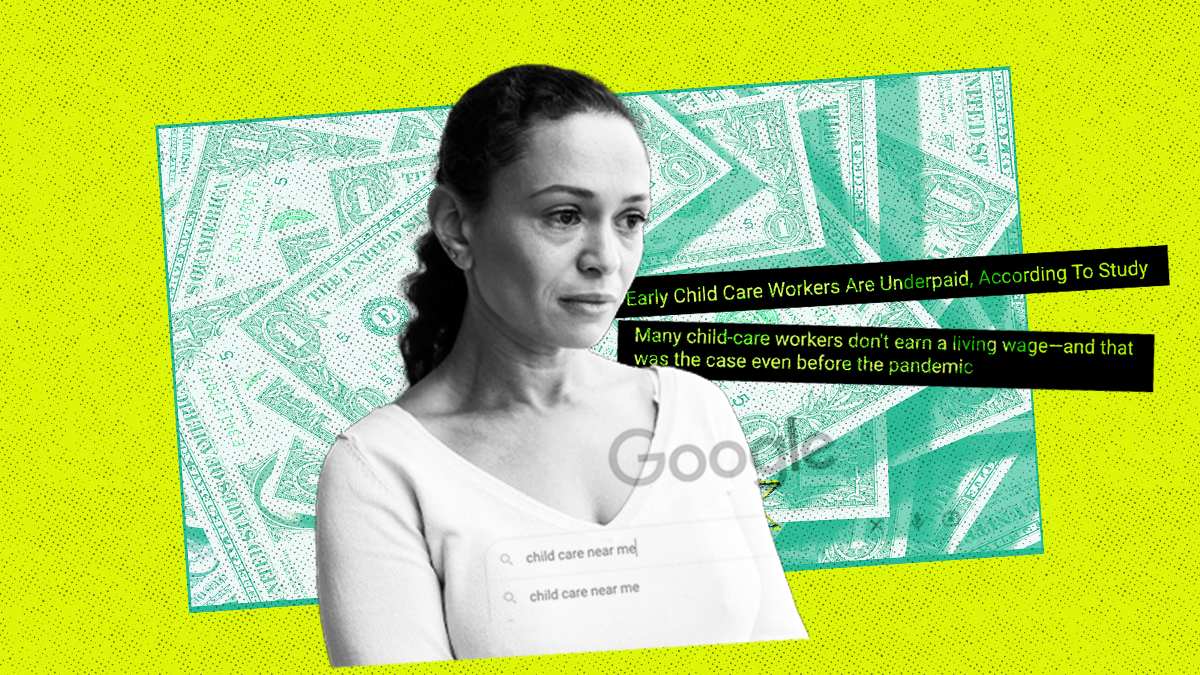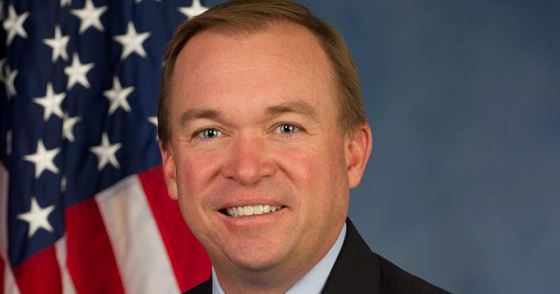Abortion rights, women of color, and LGBTQIA+ people are under attack. Pledge to join us in fighting for gender justice.
Local Communities Boost Support for Early Childhood Education

 With so many families struggling to find and afford high-quality child care and early learning options, a number of local communities across the country are taking action to address this challenge.
With so many families struggling to find and afford high-quality child care and early learning options, a number of local communities across the country are taking action to address this challenge.
At an annual meeting hosted by the National Women’s Law Center last month, early childhood advocates from across the country gathered to focus on strategies to expand support for early care and education that helps children, parents, and providers. Several advocates discussed successful and pending local initiatives to raise funds for child care and early learning in their communities. An increasing number of communities are embracing these local strategies to increase investments in child care and early learning.
Cincinnati/ Dayton, Ohio
Cincinnati and Dayton voters approved ballot referendums in November 2016 aimed at improving access to high-quality early learning programs for low-income families. Cincinnati voters supported an income tax increase projected to generate $15 million, while Dayton increased income taxes by one quarter of a percentage, generating an estimated $4.3 million.
The Cincinnati initiative fully subsidizes preschool for three- and four-year-old children in households with incomes at or below 200 percent of the federal poverty level and partially subsidizes preschool for children in families above that income. The Dayton initiative offers sliding-scale tuition assistance to help four-year-old children attend preschool, and is available to all of the city’s families, regardless of income. Advocates estimate that approximately 6,000 children will benefit from the Cincinnati initiative, and that up to 1,900 children will benefit from Dayton’s initiative.
Philadelphia, Pennsylvania
Philadelphia children’s advocates successfully lobbied the City Council to approve a citywide soda tax in 2016 targeted to support child care and early education and other community services. The funds generated by the 1.5 cent-per-ounce tax on sugary and diet beverages are used to increase access to affordable high-quality preschool for low-income families, support community schools, and expand recreational opportunities for older children. Part of this new funding was earmarked to create approximately 6,000 new preschool slots to supplement the 30,000 prekindergarten slots currently funded by the statewide Pre-K Counts program. Half of these slots were designated for existing high-quality child care centers and half for growth centers, which are centers primarily located in low-income neighborhoods and in need of additional funds to increase their quality. The tax was also designed to support 25 community schools and provide $500 million to improve parks, libraries, and recreational centers.
While advocates estimate that the soda tax has the potential to fund approximately 6,000 additional prekindergarten slots, the plan has thus far been only partially funded due to ongoing legal challenges from the soda industry. Despite these challenges, the soda tax has already created 2,000 new prekindergarten slots for low-income families in high-quality centers and 250 living-wage early education jobs.
With the partial implementation, prekindergarten funding from the soda tax has only been provided to centers that were already meeting the quality criteria. Growth centers have not yet received the resources they need to improve their quality so that they can qualify to receive funding for prekindergarten slots. This prompted two private funders, PNC and the William Penn Foundation, to contribute a total of $150,000 to support early learning consultants who will help growth centers as they work to strengthen their quality.
Alameda/San Francisco, California
Alameda County children’s advocates have asked the County Board of Supervisors to place a sales tax measure on the ballot in June 2018 that would provide funding for child care and early education. The measure would raise $140 million a year for child care and early education through a countywide half-cent sales tax.
The funding generated from the tax would be used to expand access to high-quality child care for approximately 21,000 children through scholarships, provide child care support to 500 homeless and high-priority families, and offer competitive grants to communities to meet their child care needs. Funds would also be used for rate enhancements to child care providers with children from low-income families constituting at least 25 percent of their enrollment. These enhancements would go toward increasing instructional assistant wages to at least $15 per hour and providing professional development and paid planning time to child care and early education workers.
In San Francisco, members of the Board of Supervisors—with support of local advocates—have introduced a ballot measure that would create a surtax on commercial rent receipts greater than $1 million to fund the Babies and Families First Fund. This initiative would make child care and preschool available for every family in San Francisco earning up to 200 percent of the area median income, reduce the number of families on the city’s waiting list for child care assistance, increase wages for early childhood educators to improve retention, and invest in comprehensive services for the physical, emotional, and cognitive development of children under age 6. This measure will appear on the ballot in early June and if passed, would build on San Francisco’s long history of support for child care and early learning—for example, in 2004, San Francisco enacted Proposition H, which created Preschool for All, a city-funded universal preschool system.
Grand Rapids, Michigan
In Kent County, Michigan, children’s advocates have discussed the need to improve school readiness for children ages zero to five for over a decade. Children’s advocates at First Steps Kent are working towards a “children’s millage” ballot initiative that would generate an estimated $10 million through a property tax increase to put towards child care and various early learning programs.
The growth in local initiatives to expand access to affordable high-quality child care and early learning is an exciting development, and more communities should consider supporting their own initiatives. However, this strategy must be paired with increased investments from states and the federal government to ensure equity for all children, regardless of what state or community they live in. Unfortunately, many localities do not have the ability to leverage additional funding for child care and early learning. Only 22 states allow for direct and indirect ballot initiatives and even within those states, the state legislature has the authority to preempt decisions made at the local level. For example, although Michigan allows indirect ballot initiatives, the state prohibits a tax on soda. In addition, communities with higher rates of poverty and more limited resources simply lack the tax base needed to make local tax initiatives a feasible strategy. Federal and state funding will continue to be necessary to ensure that all children and families receive the help they need for parents to work and children to get a strong start.




